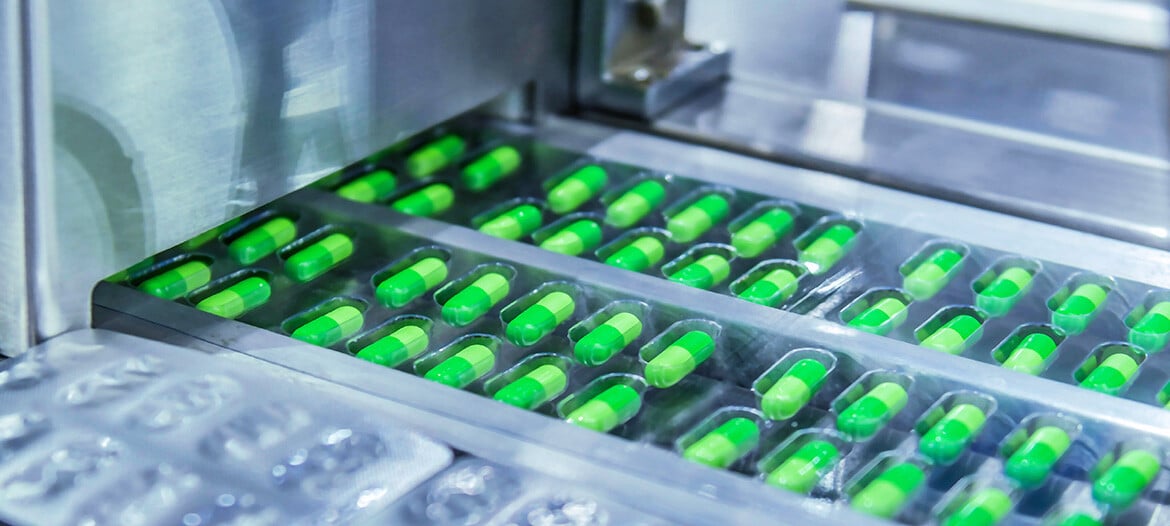CRT Policy: Can Regulator’s Trust Your Processes?
At a Leading Minds Seminar, an industry thought leader and practitioner led an Community Forum Discussion with the group to share experiences with how to deal with auditor’s questions on CRT product handling.
Regulators want to know – do your processes match your policy? Are your policies and practices streamlined across your sites as a global organization?
The discussion group agreed most companies fall into one ‘camp’, as outlined by EFPIA,
1) Those who use stability data during shipping
2) Those who use a stability budget if something goes wrong with the product and have to determine the impact to the product.
Varying definitions prevent standardization
Depending on where you ship there are different definitions of Controlled Temperature products. In the US, the USP defines CRT as 20-25C°; whereas in Europe it can be <30C° for the same product with same stability data. How do you ship universally then and assign label claim information? Bottom line, use the data to decide what’s right for your product.
-
What does Room Temperature mean? It depends. The requirement is to ensure consumer safety, but then again consumer could be at home, in physician office or hospital. Are those temperatures consistent? No.
-
Cool dry place – what does that mean? Again here in lies further ambiguity.
-
Ambient – what does this mean? In Europe people use it interchangeably with CRT, but is that true?
-
IATA Perishable Cargo Reg defines Ambient as = "normal room temperature"
-
Pharma company X, Ambient = "uncontrolled temperature, prevailing temperature in working environment, not the same as CRT"
-
Another example Ambient = "uncontrolled temperature and humidity conditions existing in a workplace or other location"
-
Ambient can be inside or outside
Point is: we as an industry need to be using the same terms in the same way. The opportunity is to create standards for labeling and the storage temperature requirements.
Questions auditor’s might ask you
The discussion group came up with a list questions they’ve been asked by regulators how they are handling and shipping CRT products. These are some of the auditor’s ‘challenges’ and the group’s answers to them.
«Show me data that supports those shipping ranges.» You could show them:
-
Results of OQ. For specific product or mode.
-
Risk mapping – technical assessment, FMEAs, Risk Assessments
-
Live data
«How are you maintaining this storage requirement during shipping? Country X over here has a package insert says "Do not freeze". But your labels from HQ don’t indicate this.»
-
Routinely audit your own processes!
-
Expectation is for a consistency across all shipping sites
«Your distribution site practices seem sufficient, but can I see your corporate policy on temperature controlled shipping?»
-
Be ready to provide backup documents
«What are your allowable shipping ranges and how can you prove it?»
-
Quality agreement for 3PL
-
Stability budget and policy that lists out outside of storage allowance for each leg of lifecycle.
-
Temperature data from random shipments, to show auditor your controlled processes. Can you explain the excursions, i.e. result of CAPA investigation
«Show me your shipping qualification»
-
First it’s best to ask the regulator to elaborate on what specifically they want to see. Sure you can show an OQ or PQ- but that’s only temperature.
-
Be prepared to answer questions on product impact relative to temperature, shock and vibration, humidity, light sensitivity, delivery metrics. For example, the increasing number of biologics are driving regulators to ask about these other key quality criteria.
Point is: Have data to support auditor’s inquires. The opportunity is to show that we are treating CRT products similarly to products stored at refrigerated temperatures.
Are stability budgets making us lazy?
Ok well the discussion group didn’t quite say regulators called anyone lazy. But the question was asked «are we getting too wide with our shipping allowances?».
Regulators also don’t understand why some shipping ranges are so wide – with a stability budget allowing temperatures of -20 °C..+ 40 °C, are we really exposing our products to +40 °C for a week, continuously? No of course not. But the opportunity remains, if we have a stability budget allowing +40 °C for a week, how are we managing shipments to continuously improve towards shipping within a narrower range?
Historical estimates suggest that 38% of General Cargo shipments experience some time between +30 °C..+40 °C. What are some options for more controlled temperatures during shipping?
-
Elevated service level above general cargo, Pharma Service, Temp Control, Expedited or Premium Courier.
-
Define specific requirements for your products, detailed in the service level agreements. But how – what information is exactly needed? One best practice is to use an industry standard such as the IATA Time and Temperature Label.
-
But that is usually not enough, there has to be more communication that your standard label, such as the airway bill.
-
Use of active or passive thermal protection systems
Blog discussion
What questions have you been asked by regulators on CRT shipping practices? Please join the discussion – and provide examples in comments section below to share with colleagues.
ELPRO is big on education. Join us at an upcoming seminar soon. Attendance is complimentary for pharmaceutical manufacturers.







Leave a Comment